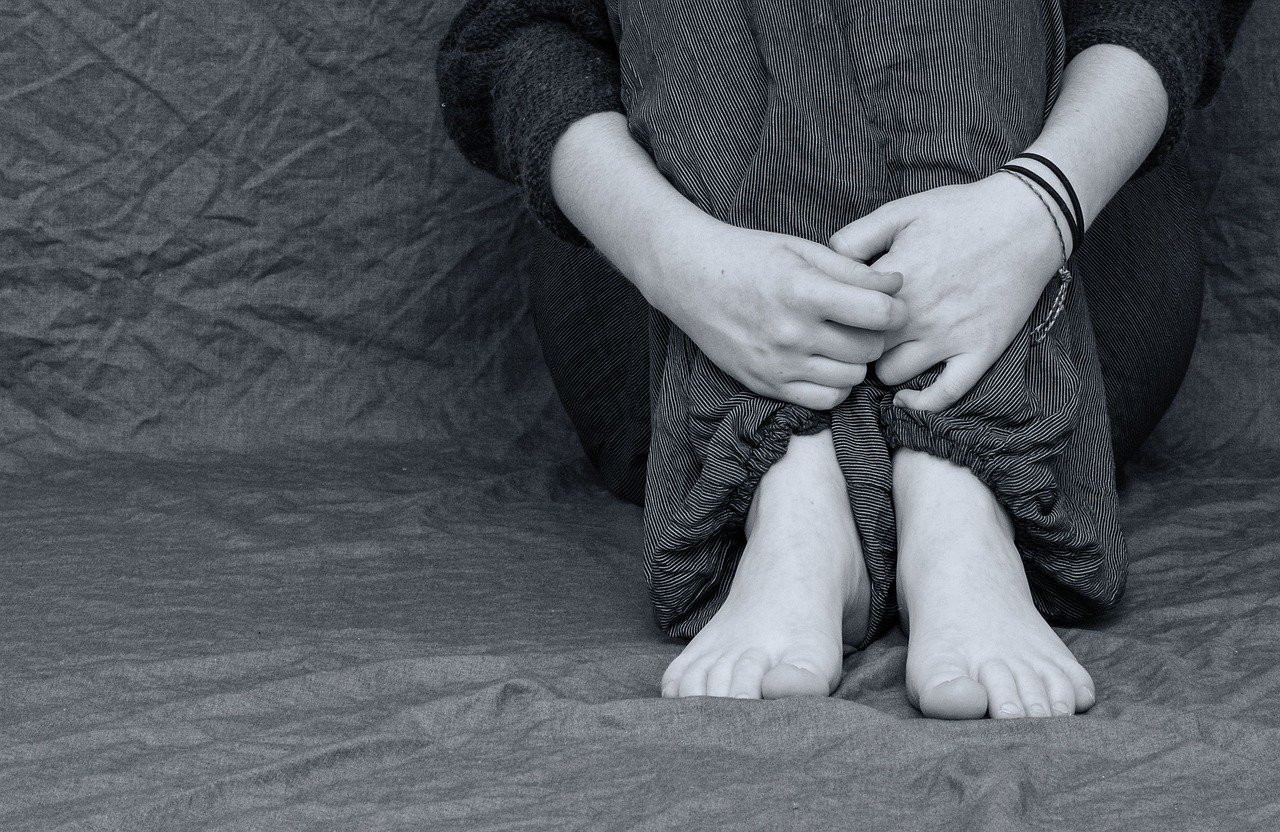"Children with disabilities are at higher risk of being bullied"
The two-year research project “Bullying and the relationship to mental health for school children; with a special focus on children with disabilities” will be presented at a seminar at the Swedish Public Health Agency on 28 April. One of the conclusions the researchers make is that the risk of being exposed to bullying is six times higher for children with disabilities and psychosomatic symptoms.

Foto: Pixabay
The research project, carried out by Lilly Augustine, Associate Professor at the School of Health and Welfare, Jönköping University, and Ylva Bjereld, postdoctoral fellow at Linköping University, has been done within the framework of the Public Health Agency's government assignment "To support knowledge development at regional and local level in the field of mental health". The project consists of four different sub-studies.
Bullying has become more common
The first study examined the prevalence of bullying among school children in general and over time. This was done with a so-called scoping review, where the researchers look at other studies in the field. The researchers concluded that the proportion of bullied children has increased since 2010. Sweden has historically had low incidences of bullying when compared internationally - but now, for the first time, it has the highest incidence of bullying in the Nordic countries. The proportion of children exposed to bullying has increased from about 5 percent in 2010 to 7.6 percent in the latest survey, which is from 2017/18.
Strong link between psychosomatic disorders and bullying
The purpose of the second study was to investigate why some children are more likely than others to be bullied. Particular focus was on children with disabilities, as they are at a higher risk of being bullied than others of the same age.
The results showed that psychosomatic disorders (for example, headaches, anxiety, stomach pain and dizziness) were the factors most strongly associated with being exposed to bullying - for both boys and girls of all ages. Particularly strong was the link between bullying and psychosomatic disorders if the child also has a long-term disability. This group is six times more likely to be bullied than children who do not have psychosomatic disorders or have a disability.
Dual vulnerability for children with disabilities
In the third study, the researchers went through previous studies to find out if there is an increased risk of mental illness if you have a disability and are bullied. Both bullying and disabilities increase the risk of mental illness - but disabilities also increase the risk of bullying. This means that the group of individuals with disabilities has a double vulnerability.
Bullying, especially in the case of younger children, affects the exposure to later so-called internalized problems, such as anxiety and depression. The results showed that the relationship between initial disability and mental illness was strengthened by bullying. It was clear that bullying is one of the developmental pathways from early behavioral and emotional problems to later depressive symptoms.
Bullying decreases with age
The fourth study focuses on examining the links between mental functioning, bullying and disability in adolescents and how it affects healthy psychosocial development.
A larger proportion of young people with disabilities had more psychosomatic disorders or emotional difficulties. They were more exposed to bullying, had lower self-esteem and lower prosocial behavior. When this was investigated over time, however, several of these correlations disappeared.
The researchers also examined the correlation during adolescence between emotional difficulties, bullying and disability based on a combination of individual development and group development. In general, for all children, emotional difficulties increased during adolescence - while bullying decreased. Children and young people with disabilities had higher levels of emotional difficulties and were more exposed to bullying throughout their school years. However, the difference in levels of bullying disappeared as they got older. At the age of 17, young people with disabilities still had a higher risk of emotional difficulties, but not of being bullied.
“In summary, we see that young people with disabilities are a vulnerable group, but one cannot always clearly link increased mental illness to the disability, there are other explanatory factors involved. However, there is a relationship to psychosomatic disorders and emotional problems, as well as norm-breaking behavior. The study also clearly shows that bullying decreases with age. It is higher in lower secondary school than it is in upper secondary school. That bullying decreases in upper secondary school has also been shown in other studies,” says Lilly Augustine.
Should we explain what this is?
Contact
- Vice Dean of Research
Assistant Professor of Disability Research - School of Education and Communication
- lilly.augustine@ju.se
- +46 36-10 1486

